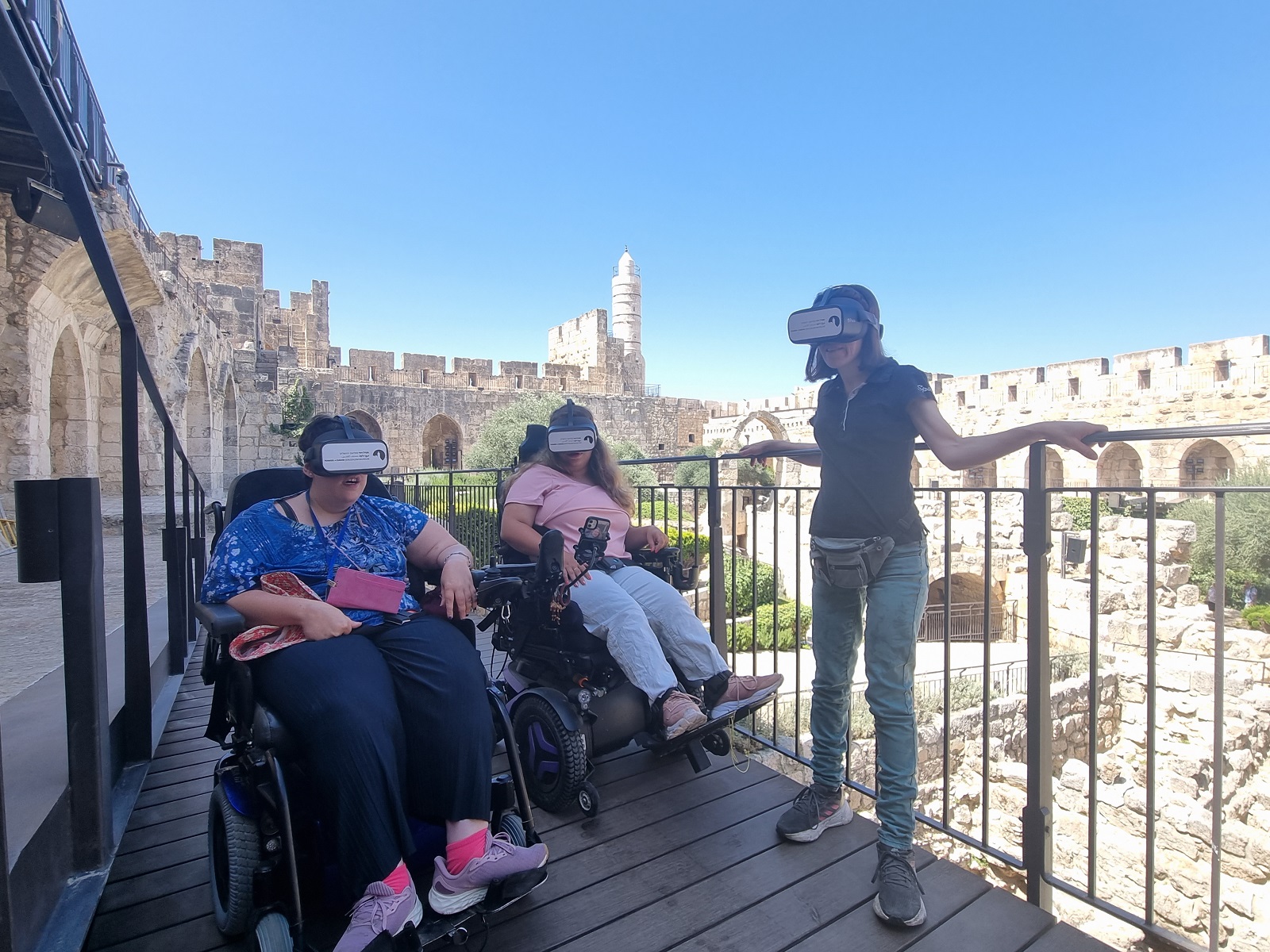
Jerusalem’s Old City, a UNESCO World Heritage Site, is full of history and culture. Its ancient streets and important landmarks have stories to tell from thousands of years ago. However, these historic places face major challenges when it comes to being accessible.
Jerusalem’s Old City and the Tower of David are leading the way in making these places more accessible. They are using innovative approaches that prioritize equal access for all. With the help of VR technology, they are redefining what it means to visit and appreciate historical sites.
Creating accessibility in historic sites like the Tower of David Museum is no easy feat. Ancient structures present unique challenges:
Many historic buildings were not designed with modern accessibility standards in mind. Narrow corridors, steep stairs, and uneven surfaces complicate navigation.
Implementing upgrades must not compromise the integrity of archaeological treasures. Every modification risks altering the original structure, which can diminish its historical value.
Accessibility solutions must respect the cultural and spiritual significance of these sites. Finding a balance between modern needs and historical preservation is crucial.
The Tower of David epitomizes this challenge. Built over centuries, it features elements from various eras, including remnants from the First Temple through to the Crusader period. Each upgrade demands meticulous planning to ensure compliance with archaeological regulations set by authorities like the Israel Antiquities Authority.
As Jerusalem strives for inclusivity, innovative approaches become essential. Accessibility measures must not only cater to physical needs but also enhance the visitor experience without detracting from the site’s historical essence. This delicate balance defines the future of accessibility in Jerusalem’s Old City, paving the way for broader initiatives that respect both heritage and inclusion.
Since 2016, PAMI (Project for Accessible Museums in Israel) has been leading efforts to improve accessibility. This initiative aims to make cultural spaces more inclusive. PAMI works with various partners to implement creative solutions that remove obstacles for disabled visitors.
Some of the key initiatives undertaken by PAMI are:
In addition to PAMI, community-driven projects play a critical role. These projects focus on:
These initiatives demonstrate a commitment to inclusivity, creating an environment where every visitor can connect with Jerusalem’s rich history.
Virtual reality (VR) technology is transforming the landscape of tourism, especially within historic sites like Jerusalem’s Old City and the Tower of David.
VR applications for tourism create immersive experiences that captivate visitors. They can explore ancient ruins without physical barriers. Historical narratives come alive through engaging visuals and soundscapes.
Adding interactive elements enhances the educational aspect. Gamified learning experiences encourage exploration and retention of information. Visitors can embark on quests, unlocking stories behind each landmark.
Integrating virtual guides with diverse backgrounds adds layers to the experience. These guides can share unique perspectives, making history more relatable to a broader audience.
Jerusalem’s Old City and Tower of David set a new standard for accessibility despite archaeological challenges using virtual reality. This technology not only democratizes access but also enriches cultural understanding, fostering a deeper connection to the past for everyone.
Innovative solutions are transforming the visitor experience for disabled tourists.
The Tower of David Museum introduced Israel’s first sign language guide, tailored to accompany its VR content. This initiative integrates the expertise of the Israeli Academy of Language and deaf professionals. Deaf visitors can now engage with history through interactive features, ensuring an inclusive environment.
This system is a game-changer for visually impaired individuals. Using audio cues, it helps users navigate public spaces independently and safely. With beacons placed throughout areas like parks and museums, Step-Hear provides location-based information in four languages: Hebrew, English, Russian, and Arabic. Launched in the Old City in 2022 and expanding to the Tower of David Museum by 2024, this technology enhances mobility and accessibility for all.
These developments illustrate a commitment to inclusivity, allowing every visitor to connect with Jerusalem’s rich heritage. The fusion of technology and accessibility ignites new possibilities for tourism in historic sites.
Navigating the complex Israel Antiquities Authority regulations on accessibility in historic sites presents unique challenges. The Tower of David Museum exemplifies how project teams can successfully implement necessary upgrades while adhering to these stringent regulations.
Collaboration with archaeologists has been vital during construction phases.
Key compliance strategies include:
The installation of elevators, handrails, and accessible toilets required meticulous planning. Each upgrade was executed without compromising the site’s ancient character.
This commitment to balance modern accessibility needs with preservation efforts illustrates a proactive approach to inclusivity. Through strategic partnerships and careful oversight, Jerusalem’s historic sites are transforming into welcoming spaces for all visitors.
Engagement leads to progress. Every effort counts. Together, we can shape a future where heritage is accessible to all.


